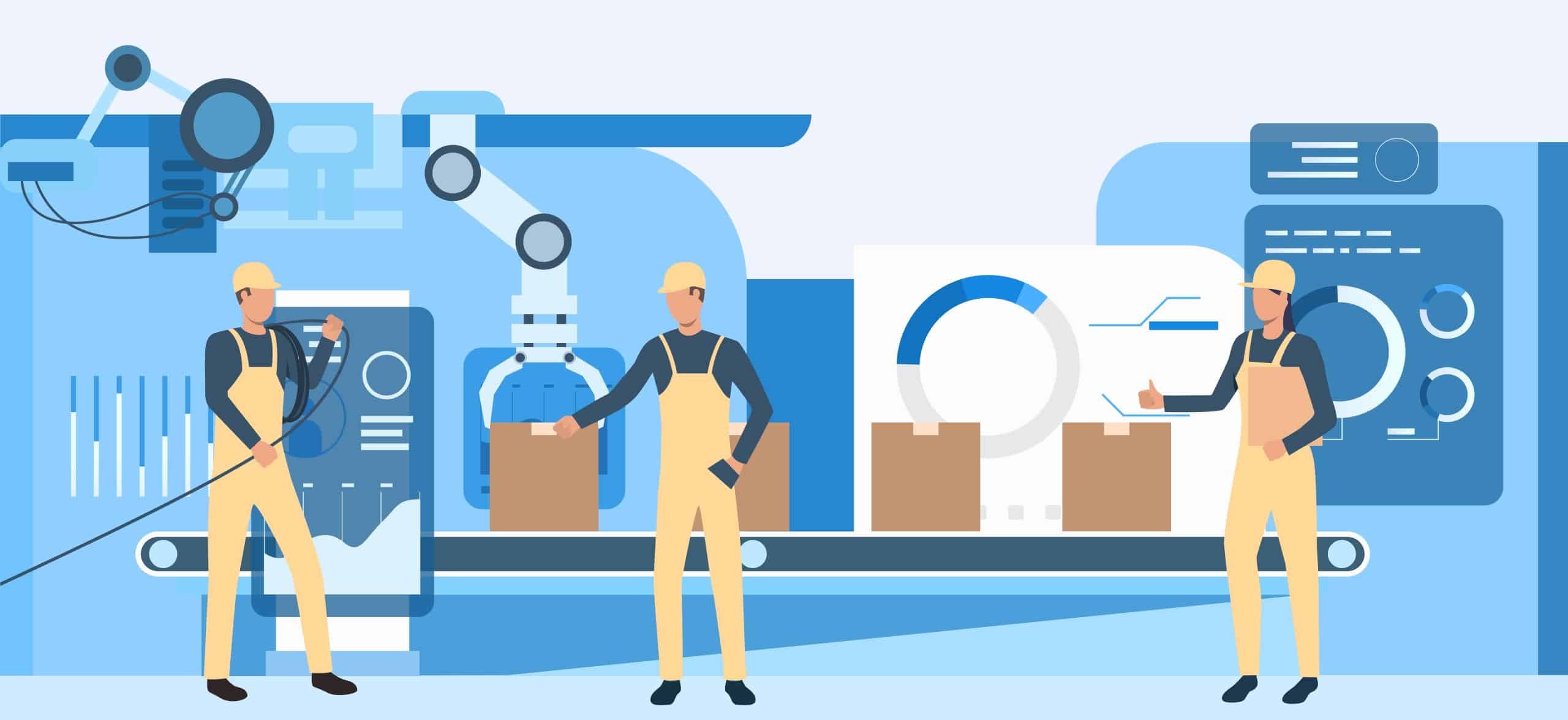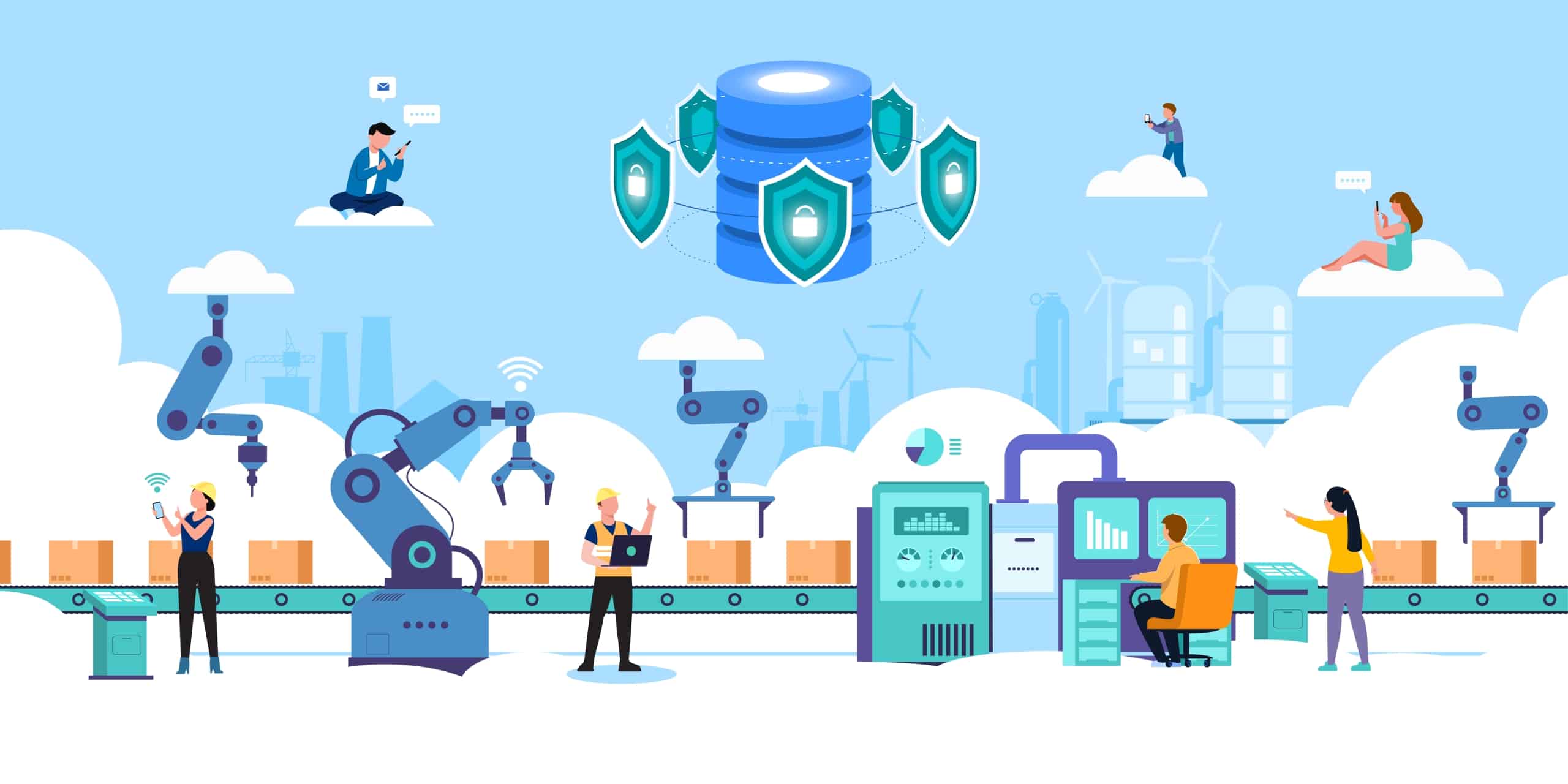#1: Mastering Machine Operation through Comprehensive Training
Gaining a thorough understanding of wet wipes machine functioning via training is a crucial component of successfully using automation in the manufacture of wet wipes. This comprehensive training method ensures that operators are not only conversant with the technology but also well-equipped to harness its full potential by delving deeply into a variety of aspects of running wet wipes machines.
A key component of this training program is teaching a thorough comprehension of the wet wipes machine’s operations. This covers a thorough examination of the complexities associated with carrying out instructions, supervising automated procedures, and controlling the whole production workflow. To consistently provide high-quality wet wipes, operators must understand the subtleties of how the equipment reads instructions and performs duties.
The important topics of setup and calibration processes are covered in the training. To guarantee that the output perfectly complies with the required requirements, operators need to be skilled in setting up the automated machines to satisfy various wet wipes criteria. This calls for a careful analysis of the variables affecting the caliber and output of the produced goods.
Best practices and safety procedures are yet another essential part of thorough training. Operators get training on handling equipment safely, emergency protocols, and critical safety precautions. Ensuring worker safety and the lifespan of automated technology are two benefits of placing a high priority on safety.
Another key theme of the training course is routine maintenance procedures. Operators need to be competent at cleaning, fixing little issues, and completing routine inspections. With this information, they may minimize production process interruptions and lower the likelihood of unplanned wet wipes machine failures by maintaining the machines in optimum condition.
The emphasis is on troubleshooting procedures so that operators can quickly detect and fix problems that could occur during production. By taking preventative measures, any bottlenecks are mitigated and a smooth workflow is maintained. It is ensured that operators can traverse the production cycle with ease and optimize operations to minimize downtime by instilling efficient workflows and time management skills.
The training program incorporates simulated hands-on experiences that provide operators with real-world exposure to the equipment in a safe setting. They may use theoretical information in practical situations thanks to this immersive learning style, which boosts their competence and confidence.
Development of skills and ongoing learning are essential components of this training structure. Since technology is always changing, continuing education makes sure that operators are aware of the most recent developments in automation. Operators’ ability to adjust to shifting production environments is further strengthened by refresher training and feature upgrades.
#2: Tailored Training Modules for Diverse Skill Levels
Providing training programs specifically designed for workers with varying degrees of experience in the wet wipes industry is essential to guarantee that all employees are capable of operating automated wet wipes machines with efficiency. Acknowledging the disparities in workers’ levels of proficiency, these personalized training initiatives seek to close skill gaps and provide each person with the know-how required for their designated tasks.
The recognition that not every employee has the same degree of experience with automation technologies is the basis of this strategy. Experienced technicians may need less basic training, while new operators would need a more thorough onboarding procedure. Training modules may be specifically designed to meet the demands of varying skill levels in a subtle and focused manner.
Training courses might concentrate on advanced functions, troubleshooting methods, and optimization tactics for users with a lot of expertise. This guarantees that proficient laborers may fully use the automated equipment, optimizing effectiveness, and output.
However, fundamental modules covering basic machine operations, safety procedures, and regular maintenance activities may be the first thing entry-level operators learn. These modules provide a good starting point for anyone who may not be familiar with the intricacies of automation technology.
Additionally, interactive components like role-playing, seminars, and practical exercises may be included in the customized training programs. This makes it possible for people to learn in a way that best fits their learning style, which encourages participation and improves recall of important knowledge.
#3: Real-Time Simulation and Hands-On Experience
A dynamic and essential feature of training programs for the manufacturing of wet wipes is hands-on experience and real-time simulation, especially when it comes to automated equipment. By building virtual settings that closely resemble real-world operating situations, this method gives trainees a realistic and engaging learning environment.
Wet wipes manufacturers may communicate with virtual machines in the automated wet wipes manufacturing domain via real-time simulation. This covers both standard procedures and hypothetical problems and circumstances that operators might run across in real-world production. Through the replication of these scenarios, students may hone their problem-solving abilities and build self-assurance in their capacity to handle unpredictable circumstances, all in a safe and regulated environment.
This is further enhanced by hands-on training, which gives staff direct control over the automated equipment. Individuals may apply the theoretical information they have learned in classroom settings to real-world problems thanks to this practical part of training. Employing practical exercises, operators acquaint themselves with the tactile features of the wet wipes machines, refining their motor skills and cultivating muscle memory, which prove to be very beneficial while handling intricate automation technology.
A thorough learning method is provided by a mix of hands-on experience and real-time simulation. The complexities of the equipment may be safely understood via simulations, and the knowledge gained through hands-on practice is reinforced through exercises. This approach not only shortens the learning curve but also guarantees that operators are ready and self-assured when they move from training areas to real production floors.
Furthermore, practical experience and real-time simulation help staff to develop a proactive mentality. The training creates a feeling of preparedness to deal with unforeseen circumstances with calm and efficiency by exposing them to a variety of scenarios, including probable difficulties and malfunctions. This improves each person’s capacity for problem-solving while also strengthening the workforce’s general ability to adapt to changing production needs.
#4: Continuous Learning Opportunities
In the field of automated wet wipes manufacturing, chances for continuous learning are essential for keeping workers competent and flexible in the face of changing market needs and technological advancements. Adopting a culture of continuous learning is essential for keeping ahead of the curve and maximizing the advantages of automation in the fast-paced manufacturing sector.
These learning opportunities provide staff members a means to continue learning throughout their careers by going beyond basic training programs. To keep the workforce informed about the newest developments in automation technology, industry best practices, and emerging trends in wet wipes manufacturing, regular workshops, seminars, and online courses may be offered.
Additionally, chances for continual learning provide a means of acquainting operators with novel aspects and capabilities of automated equipment. Wet wipes manufacturers often make updates and upgrades in response to developing difficulties and to increase efficiency as technology advances. Employees may easily incorporate these upgrades into their processes and make the most of the automation technologies available to them by receiving continual training.
Another aspect of continual learning is cross-functional training, which gives staff members the chance to broaden their skill sets. An operator with a background largely in machine operation, for example, could find it helpful to comprehend certain elements of quality control or maintenance. In addition to increasing workforce versatility, this cross-disciplinary knowledge fosters a collaborative environment where workers may exchange thoughts and methods for problem-solving across several areas.
Wet wipes manufacturers can also encourage staff members to get accreditations and certificates in related professions. Accredited certificates provide legitimacy to an individual’s experience and enhance the manufacturing operation’s overall reputation. This dedication to lifelong learning promotes professional growth and excellence, presenting the workforce as a dynamic and innovative resource.
#5: 24/7 Technical Support and Troubleshooting
Supplying round-the-clock technical assistance and troubleshooting is essential to guarantee the smooth functioning of automated wet wipes manufacturing equipment. A constant and effective production flow depends on having access to round-the-clock technical support in the dynamic industrial environment, where downtime may have serious consequences.
Technical problems may happen at any time, so having a support system that is available outside of typical business hours is essential. No matter when an issue occurs, wet wipes manufacturers will always have instant access to professional help thanks to a round-the-clock technical support system. Because of its continuous availability, production downtime is reduced, problems may be resolved quickly, and the wet wipes manufacturing process isn’t disrupted for too long.
In addition, round-the-clock technical assistance acts as a safety net for operators who could run into problems outside of regular business hours. With an experienced support staff on hand to help with any problem—be it a malfunction, error message, or other issue—operators can feel secure knowing that help is just a phone call or message away. This helps to minimize the impact on production schedules by encouraging an early and effective reaction to technical difficulties.
An essential part of round-the-clock technical assistance is troubleshooting. Expert professionals may diagnose problems remotely by using sophisticated monitoring tools and diagnostics to find the underlying causes of difficulties. This feature speeds up the resolution process and makes it possible to quickly get the wet wipes machines back online.
Furthermore, wet wipes manufacturers investing in automation technologies benefit from the confidence and security that comes with round-the-clock technical assistance. Wet wipes manufacturers may concentrate on their core business operations without having to worry about any technological interruptions since they can rest easy knowing that a committed workforce is always accessible.
#6: Remote Monitoring and Diagnostics
Technological developments like as remote monitoring and diagnostics greatly improve the productivity and dependability of automated wet wipe manufacturing. With the use of this advanced technique, producers may monitor and assess the operation of their equipment in real time, providing a proactive way to resolve any problems and streamline production procedures.
Advanced sensors and IoT (Internet of Things) technologies are used in remote monitoring to collect and send real-time data from the machines. Numerous factors are included in this data, including production rates, machine conditions, and possible abnormalities. Teams providing technical assistance and operators may then view this data remotely.
The advantages of this technology are further enhanced by its capacity to do remote diagnostics. When a system malfunctions or performs less well than it should, professionals may remotely access the system and undertake a thorough diagnostic. This speeds up the process of identifying the problem and makes it easier to make decisions about what has to be done to get things back to normal as soon as possible.
Beyond only fixing problems, remote monitoring and diagnostics have several benefits. Wet wipes manufacturers may get important insights into trends and patterns in wet wipes machine performance by consistently gathering and evaluating data. Predictive maintenance is made possible by this data-driven strategy, which permits proactive intervention before a possible problem develops into a serious one. This predictive capacity maximizes total production efficiency, prolongs the life of wet wipes machines, and reduces unplanned downtime during wet wipes manufacturing process.
Additionally, remote diagnostics and monitoring support a more economical and sustainable operation. Wet wipes manufacturers may connect with wider sustainability objectives by optimizing their operations, minimizing waste, and reducing energy use by finding opportunities for efficiency improvement.







